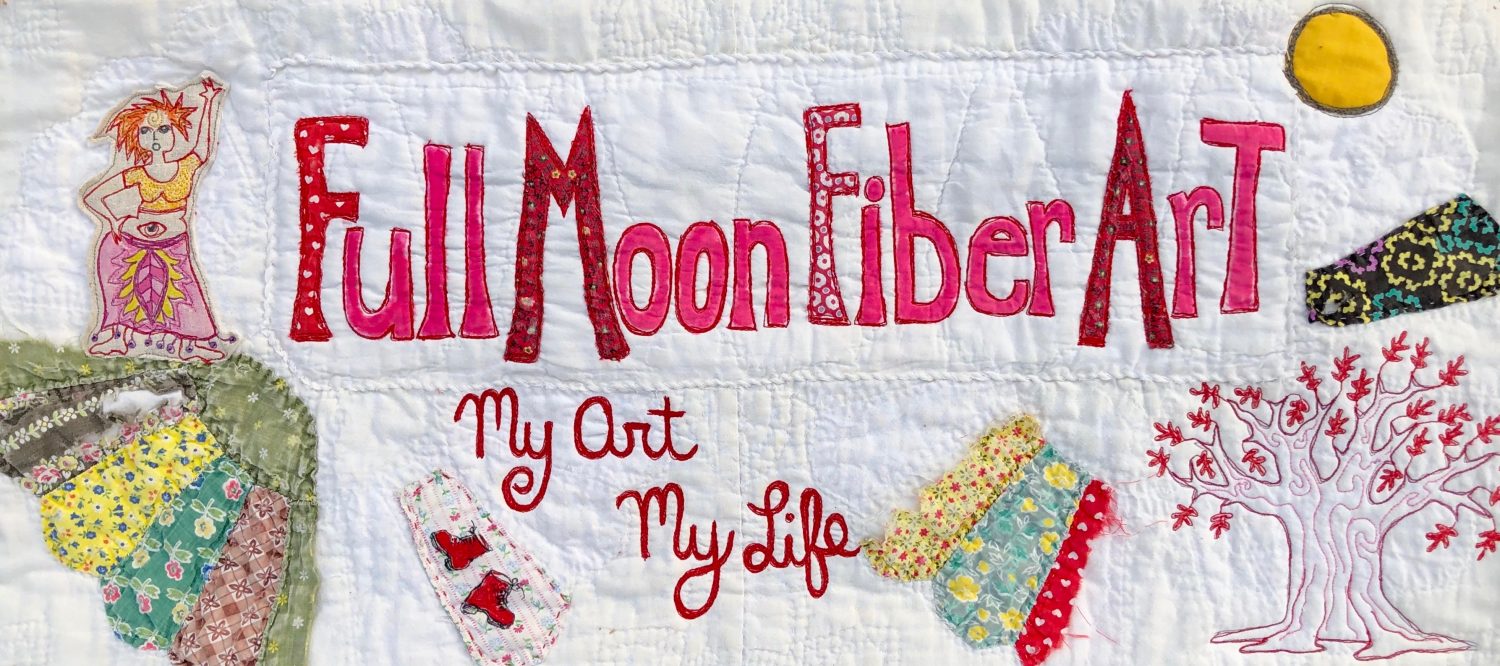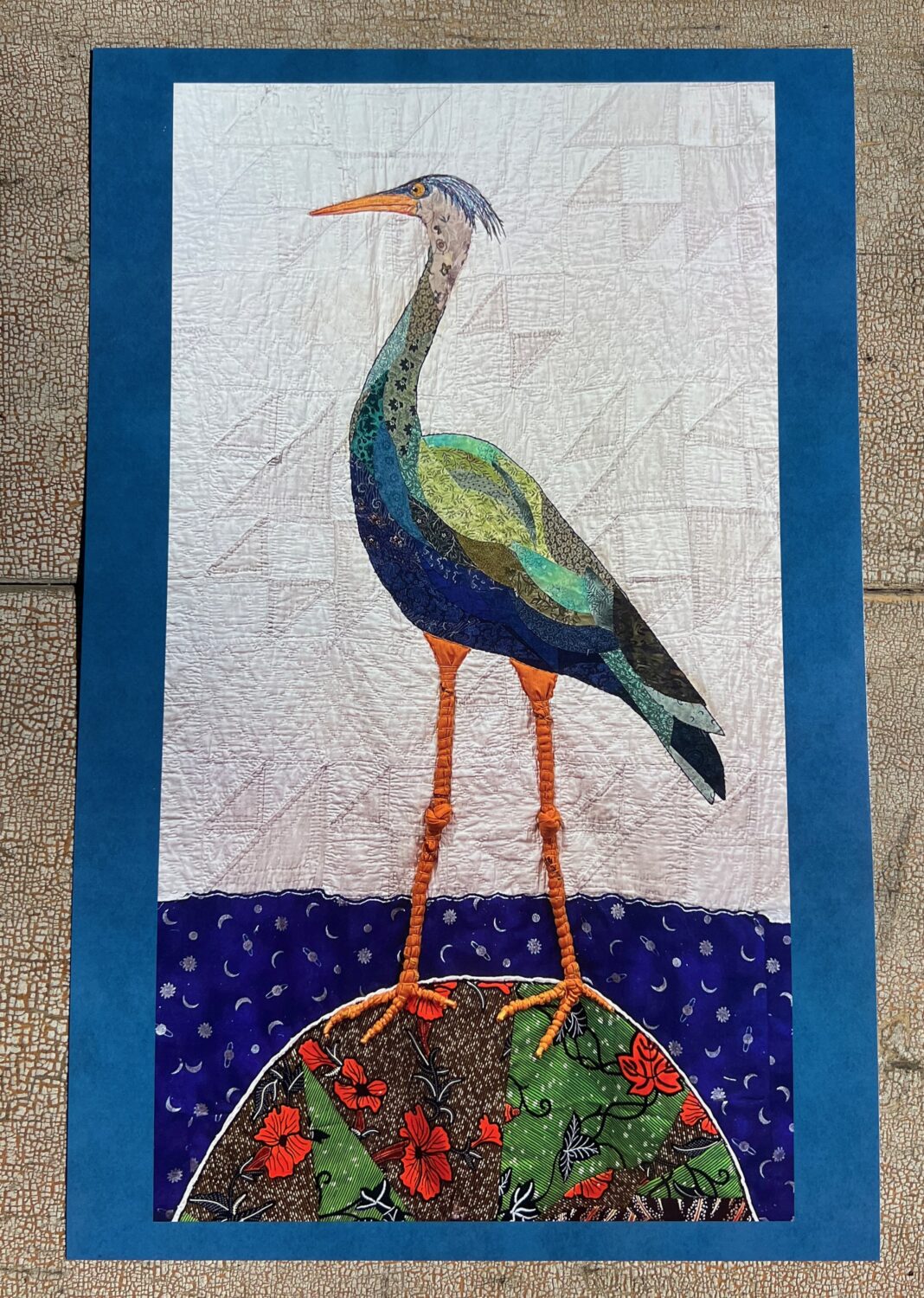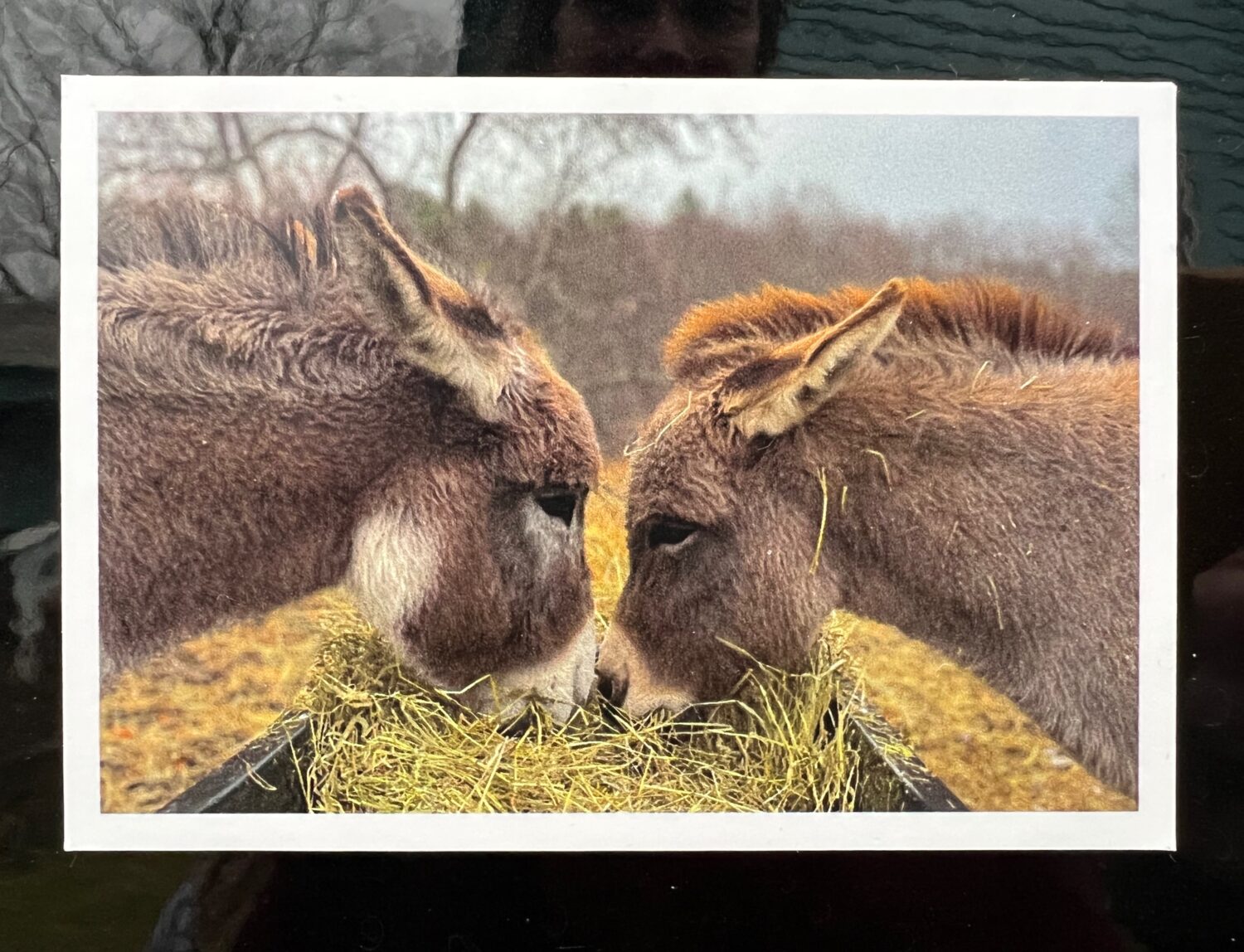
I stuck the pitchfork into the ground and jumped on it with both feet, using the whole wight of my body to dig it deeper into the earth. Then I pressed down on the handle separating the grass, its roots and the topsoil, from the layer of soil beneath it.
After reading Robin Wall Kimmerer’s chapter The Three Sisters in her book Braiding Sweetgrass, I knew I wanted to plant a Three Sister’s Garden. But thinking about pulling up a big enough patch of grass, one shovelful at a time, to make a garden, I was immediately discouraged.
This was hard work. And it was going to take a long time.
I pictured the size of the garden I wanted and was overwhelmed. So I stopped and tried to remember why I was doing it.
My answer to people when ever they ask me if I have a vegetable garden is that there are plenty of fresh veggies where I live. So many people grow them, someone has to buy them.
But eating the vegetables that I grow is only a part of why I’m planting a garden. It’s about forming a certain relationship with the earth. About being a part of an ancient practice, and experiencing it my way. It’s about the shared experience of a Three Sister’s Garden with people I’ll never know, throughout time.
I don’t need to grow these vegetable to feed myself. I won’t stave without them. But the ancestors of the Native American’s who keep the story of The Three Sisters alive did often survive on the corn, beans and squash they grew.
The corn grows first making a pole for the beans to wrap themselves around. Then the big prickly leaves of the squash create shade to keep the moisture in and also keep the caterpillars away. The beans provide nitrogen which the corn needs to grow. The three plants grow better together than alone.
And the three also provide the essentials for humans to survive. The corn is starch, the beans are protein and the squash is vitamins we need.
In her book Kimmerer tells one version of the story of the Three Sisters. How three sisters came to a village in the winter when food was scarce. The people of the village generously fed them what food they had. As the sisters left the people saw that one sister was corn, the other bean and the third squash. The sisters gave the people these three seeds to the people so they would never go hungry.
I thought of all this as I stood at the edge of my garden, pitchfork sunk in the earth contmeplating why I wanted to spend my time and energy making his garden. And I thought about how I cried when I read Jon some of the passages from Kimmerer’s book about the Three Sisters.
So it was more about a feeling I got when I thought of the garden than anything practical. The idea of dedicating myself to this garden. To creating her the best I could and continuing to care for her. Giving her the love I might another person and letting her, in her own way, love me back. Seeing the garden not as an “it” but as a her. Taking care of her as best I could and accepting what she had to offer me.
It’s an incredible basic exchange this one with the earth. And I want to experience it in this direct and simple way.
So I slowly pulled up the grass one square foot at a time. And I was glad I was turning the soil by hand, that I hadn’t rented a rototiller, which I could have done. I welcomed the slow process. This was all a part of the new relationship with the earth I am forming. A reminder that a garden grows in natures time, not human time.
I told myself the story of the three sisters as I did. Imaging the corn growing first, the beans giving it time so they could curl themselves around the stalk. I imagined the giant squash and pumpkin leaves creating a shady green ocean. It’s soft yellow flowers then hard fruits, so many of them we’d want to give some away.
And because someone had given me the seeds, I planted sweet peas instead of beans on half the garden and put cucumbers and peas against the fence and a sunflower in each corner.
I surrounded the garden with chicken wire and mulched it with old hay. And although there was a light rain throughout the morning as I planted, I still watered her. I wanted to make sure she knew I was going to be there for her. Tending to her the way I would any living being in my care.
And I wanted her to know that I understood that this wasn’t a passing fad for me. That if I had planted the seeds to deep or too shallow, or too close together, or the if the soil wasn’t healthy, that next year I would learn from my mistakes and try again to do better. And at some point in time, I would put those tiny seeds in the ground and know from my own personal experience, through the years, between me and my garden, that there was a really good chance they would grow.















You are making space and helping create a miracle to happen Maria. So worth all of the hard work. And digging is hard work.
I love this ritual and the love and symbolism behind it.
This is such a beautiful way to look at gardening! The only sod I’ve ever hand dug were the holes for four Redtwig Dogwood bushes. I do have a medium sized flower / vegetable garden just because I love to have my hands and feet in the soil, and I do own a rototiller. But I never thought of the personal connection and the respect of calling my garden “her” instead of “it”. That appeals to me. Annie
You’re obviously a lover and caregiver of the earth Annie. And even with all that I think as you say, that “her” makes such a big difference. Our language is powerful.
I found your site when I learned about the book and the story in particular.
Will you give us an update on your garden? How did it grow? 🙂
Last years garden was a mix. I didn’t get a lot of vegetables. Everything grew, but in small quantities. The corn wasn’t very tasty so I fed it to my donkeys. I started a new garden this year. We’ll see how it goes. I did love growing my own food though. And appreciated it in a way I never have before. And I loved doing it.
Glad to hear it! I enjoyed reading your blog.
Nothing tastes as good as fresh food. Sounds like you may need to enrich the soil? I don’t know, I am not an expert, and small yields can happen with many seasonal plants their first year. However if the sun/dark water/dry ratios are good. then your major factors are seed and soil quality. Also if the seed varietals are appropriate for the sunlight/water/soil in the location.
Pests, of course, can be another further along.
I had some dill, that I grew as part of a sculpture in our barn yard, on my cream cheese this morning. It was very delicious. And I see some Squash growing in my garden.